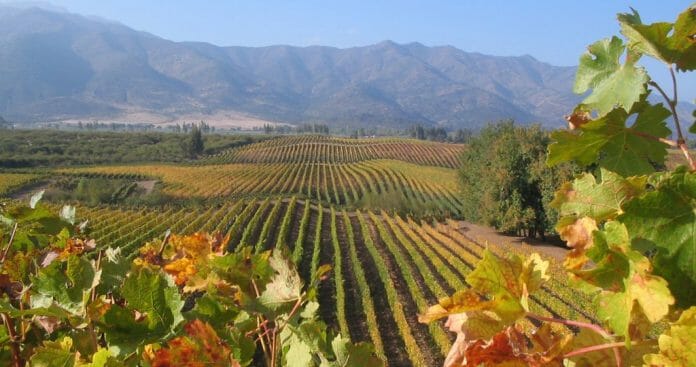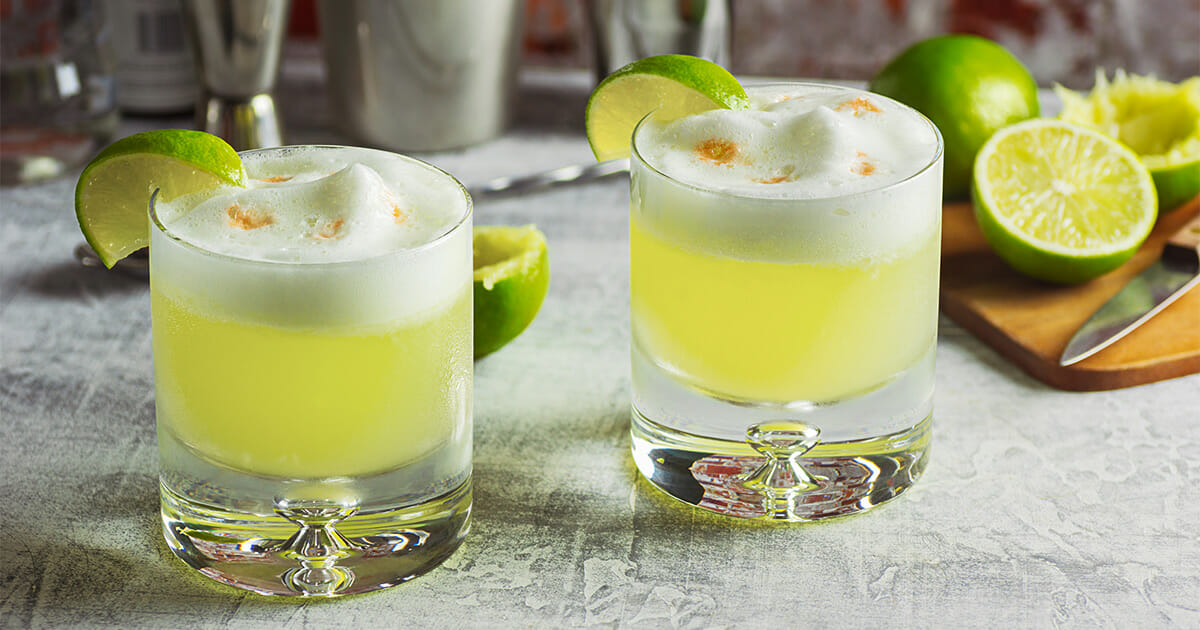When the Spanish conquistadores decided to have their way with Chile, it opened the doors for missionaries to begin preaching the good news to the locals. In order to conduct Mass the missionaries needed wine, which prompted the planting of first wines in Santiago in 1554. By the 1800s the vineyards had grown from supplying merely the local Sunday Mass to exporting their product to Europe, and production peaked just before World War II.
Colchagua Valley is one of Chilea’s premier wine-producing areas and a short drive south of Santiago. The area is well-known for its cabernet sauvignon, which explains the fat bunches of ruby-red grapes hanging from the rows of vines that stretch as far as the eye can see. People come to Colchagua to try the wine – from cabernet sauvignon, merlot, syrahs, carmeneres – there is somethins to suit almost everyone in reds. Where else in the world where you get to visit vineyards and meet a llama at the same time?
Most wineries in Colchagua are family-owned, including Viu Manent and Neyen de Apalta, and Vina Montes is a definite delight of the area. It is worth planning to visit at least 4 or five wineries during a trip to the Colchagua Valley. Vina Santa Cruz is an unquestionably starred attraction, with its gondola, cultural exhibits and observatory, which houses the largest private meteorite collection in Latin America.
While Chile is known for its wine, local residents are passionate about pisco. Pisco is a type of grape-based brandy, it is produced in the vine-growing regions north of Santiago. Chileans like to consume pisco particularly in the famous cocktail the pisco sour, an intereting mixture of pisco, egg white, sugar syrup, line juice and bitters.
It is likely to visit Calchagua Valley as a day trip from Santiago. A more enjoyable way to see the valley, however, would be an overnight tour, giving you the chance to sample some of the region’s cuisine over dinner. When you are in the town, Museo Colchagua is worth the visit. It is the centrepiece as best known for having the best private collection in South America.










